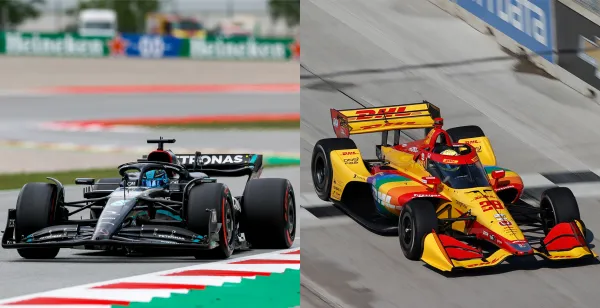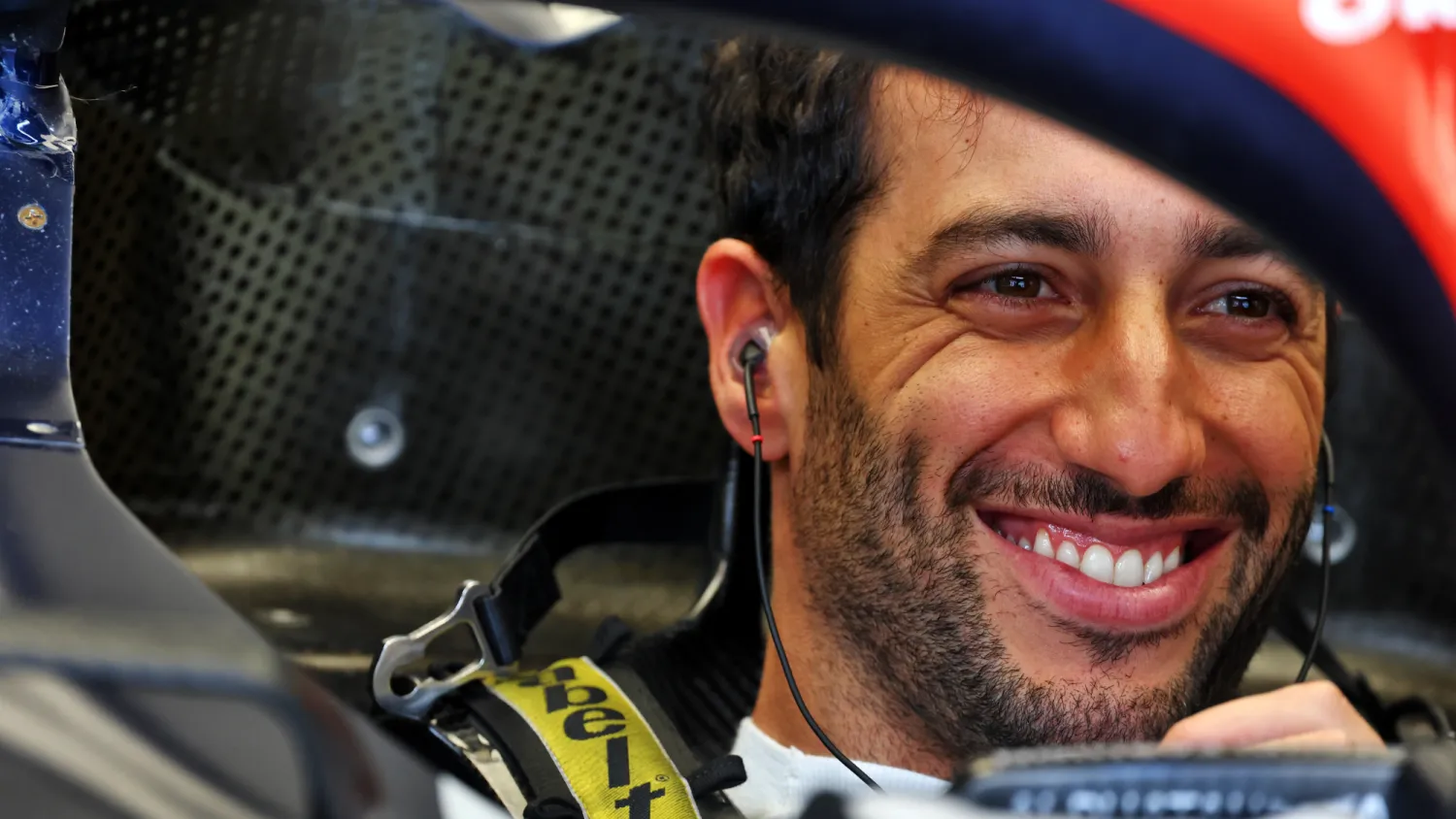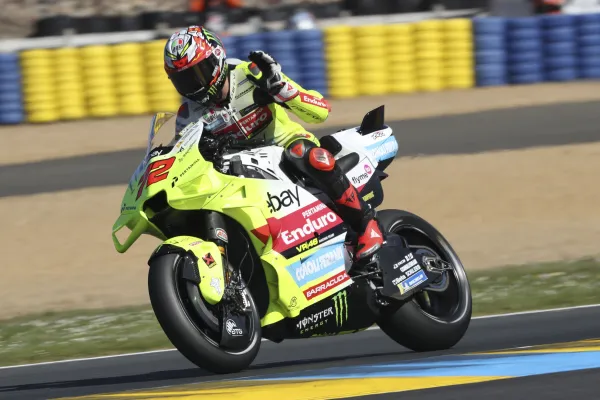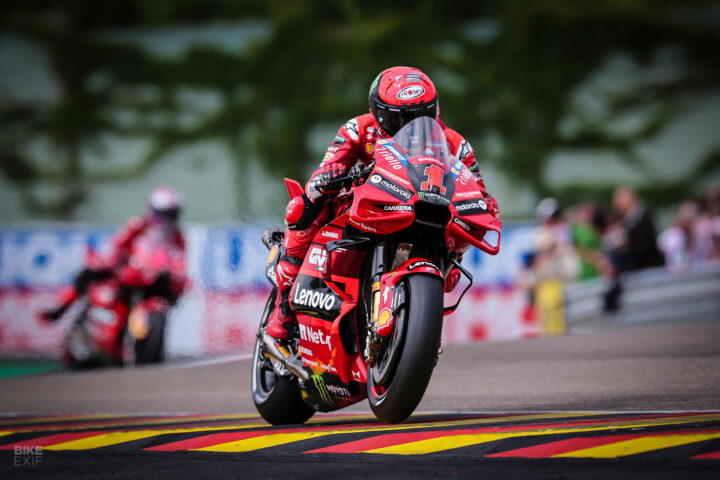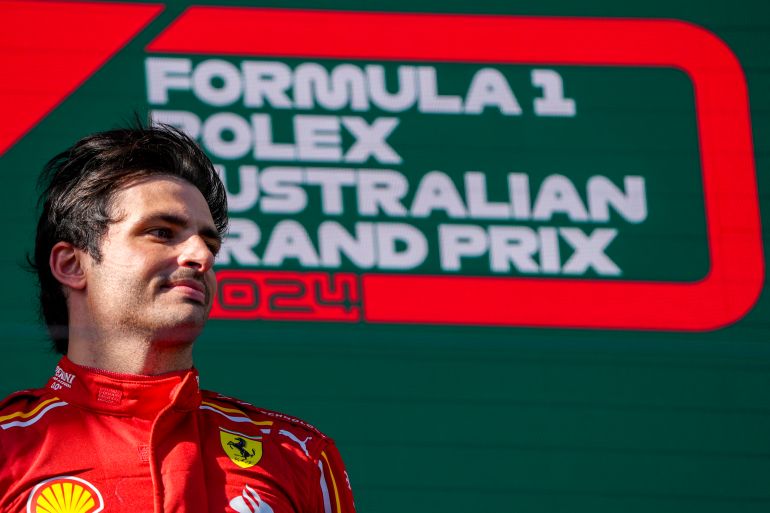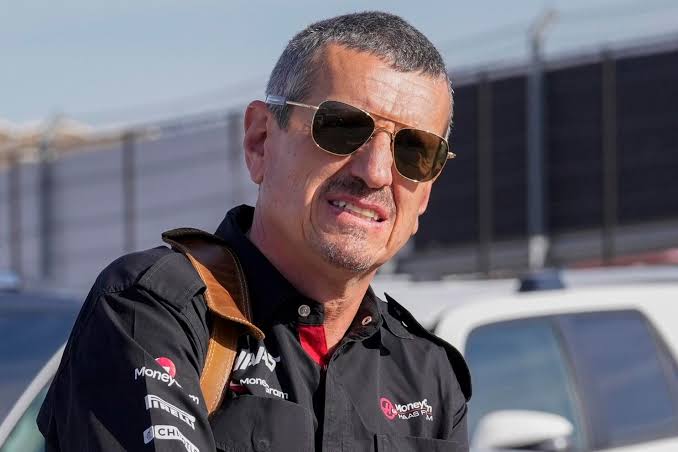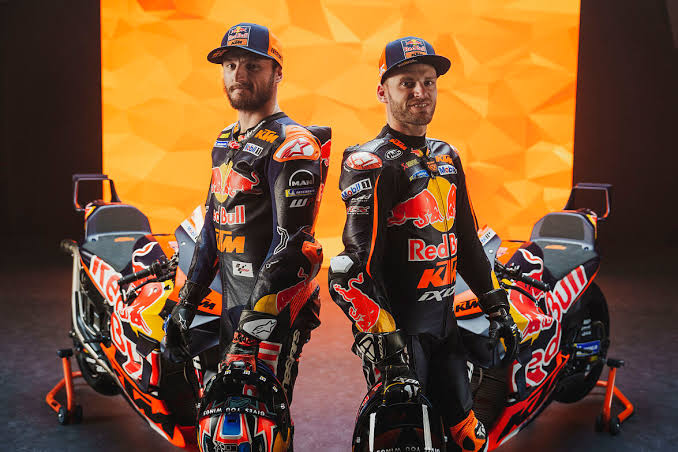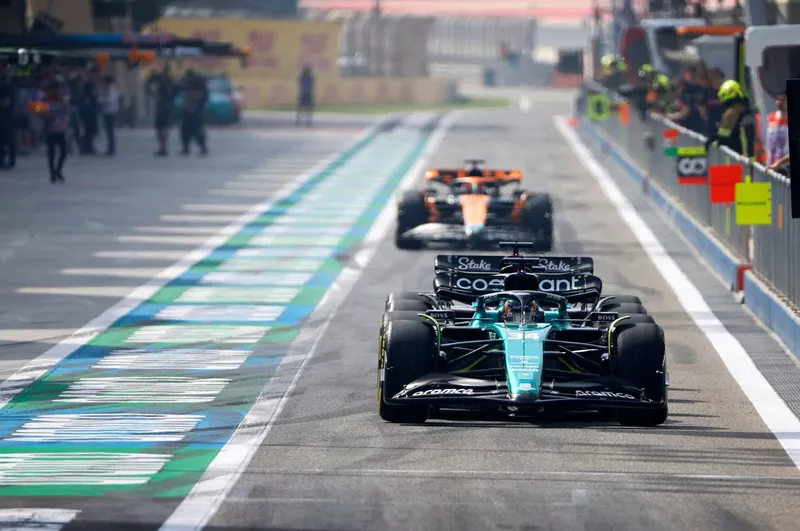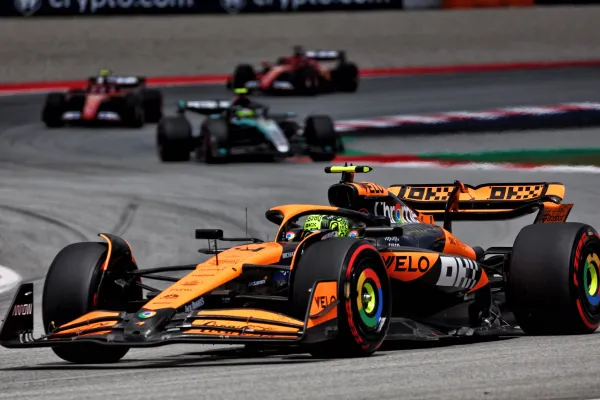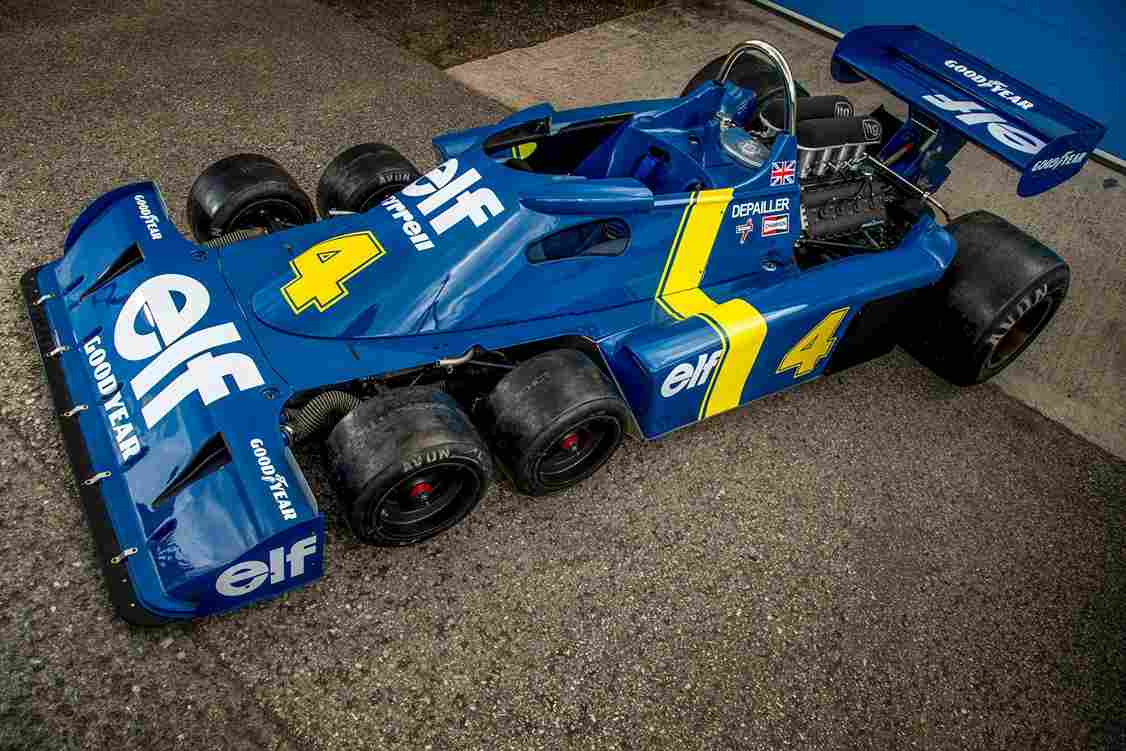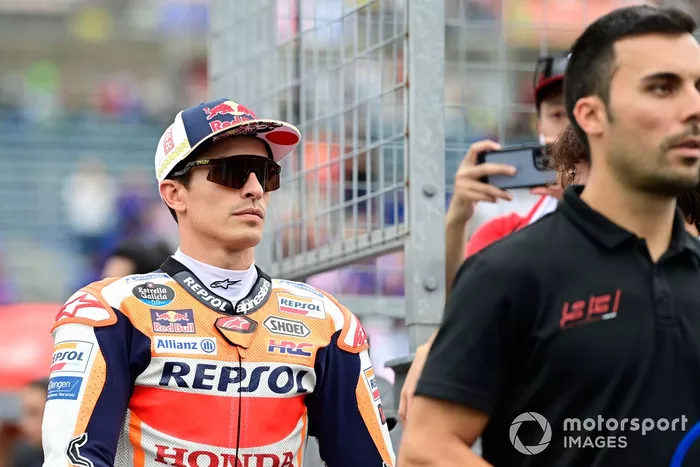Breaking Down 5 Key Differences Between F1 and IndyCar
Discover the five key differences between Formula 1 and IndyCar
The open wheel racing series, Formula 1 and IndyCar captivate fans around the world, but in addition to the exciting racing, these races also have fundamental differences. Let’s examine five different aspects of F1 and IndyCar.
1. Engine technology
Since 2014, 1.6-liter V6 hybrid engines have been part of the standard equipment in Formula 1. With a total output of about 1,000 hp, these resources are distinguished by their efficiency and technological complexity. In contrast, IndyCar, which currently uses twin-turbocharged 2.2-liter V6 engines, is preparing to incorporate hybrid systems in 2024. The difference in the technological approach to the engines reflects the unique strategies of each series.
2. Aerodynamics and downforce
Formula 1 is known for its complex aerodynamic wings and constant innovations in this field. In their quest to maximize downforce to increase grip, Formula 1 cars face challenges when following others due to aerodynamic turbulence. Meanwhile, IndyCar is taking a different tack, using a standard aerodynamic package for each car. This approach aims to provide more balanced racing where cars can follow each other more closely, promoting exciting overtaking.
3. Different circuits
Formula 1 covers a wide range of tracks, from street tracks to complex race tracks. This diversity requires great adaptability from cars. In contrast, IndyCar challenges its competitors with a unique mix of tracks, including ovals, street courses and roads. Each type of track has specific requirements, and IndyCar drivers must have a broader skill set.
4. Competitive strategies
Formula 1 is known for its complex racing strategy, including strategically timed pit stops, tire selection and fuel management. On the other hand, IndyCar highlights the importance of fueling strategy. With frequent fuel stops, drivers must balance on-track performance with fuel efficiency, adding a unique layer of strategy to the race.
5. Super relay system
Both series have bypass systems. In Formula 1, the Drag Reduction System (DRS) allows drivers to open a gap in the rear wing to facilitate straight-line overtaking. Meanwhile, IndyCar uses a “push-to-pass” system that provides drivers with additional power at the push of a button, providing flexibility of use. These different approaches seek to balance competitiveness in competitions.
In short, while Formula 1 and IndyCar share the excitement of open-wheel racing, the technology, aerodynamics, variety of tracks, racing strategies and different approaches to overtaking systems contribute to the uniqueness of each series. These variations not only shape the fan experience, but also challenge drivers to perform in diverse conditions, reinforcing each category’s unique place on the global motorsport stage.
